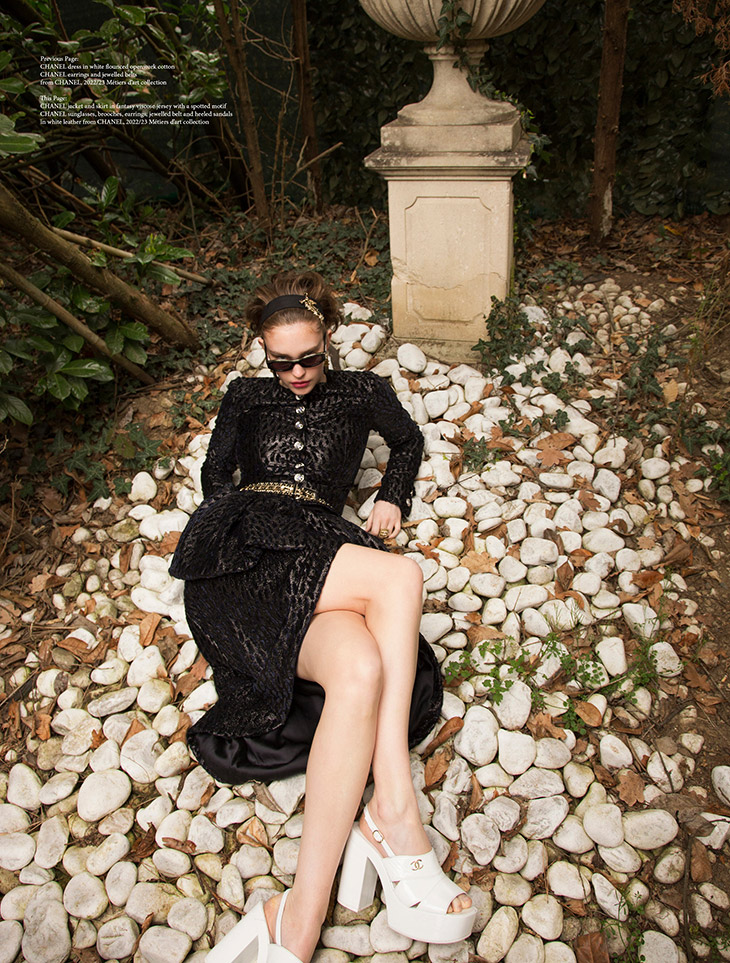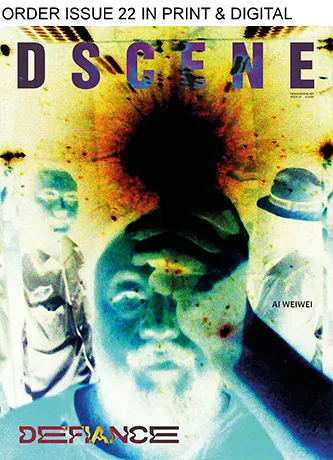
Fashion thrives on change. Every season introduces new designers, collections, and concepts intended to capture the imagination of consumers. Yet while aesthetics and creativity fuel the surface, the foundations of enduring fashion brands are rarely built on design alone. Beneath the runway shows and campaign imagery lies something more lasting: clarity of positioning, identity, and long-term strategy.
In an industry as competitive as fashion, strategy is the difference between a label that fades after one collection and a brand that grows into a cultural force.
The problem with trend-driven branding
New labels often launch with aesthetics that feel of-the-moment but lack permanence. Logos are pared back, palettes are beige, campaigns mimic TikTok tropes. This can spark early attention, but within months the brand is indistinguishable from dozens of others.
This cycle highlights a crucial risk: confusing attention with equity. An identity defined only by trend is vulnerable to fashion’s constant churn. Consumers inevitably move on, leaving little behind in terms of loyalty or value.
That is not to say trends have no place. Micro-trends and subcultures are powerful forces in fashion. Gucci’s maximalist years under Alessandro Michele showed how leaning into subculture could capture global energy. But the success came because it was filtered through a consistent brand lens. Without that anchor, trend engagement becomes noise rather than culture.

Lessons from heritage brands
Heritage fashion houses demonstrate the opposite. Hermès, Dior, and Prada have endured precisely because their brand codes are unshakable. Campaigns evolve, collaborations come and go, but the underlying system of craft, symbolism, and cultural narrative remains intact.
Consumers are not only buying a bag or a pair of shoes. They are buying into history, artistry, and permanence. The ability to balance subtle evolution with unchanging brand truths is what secures loyalty and premium positioning across generations.
Boutique brands finding their voice
The same principles apply to boutiques and independents. Whether it is a jewellery atelier, a streetwear collective, or a sustainable startup, clarity is just as vital. The strongest emerging labels invest in positioning and audience definition before they begin visual identity. They know brand equity is built from meaning, not just from design.
For founders, the challenge is often knowing where to start. Four steps provide a practical framework:
- Define the audience – who they are, what they value, how they live.
- Map the competitive set – both direct rivals and cultural adjacencies.
- Identify brand codes – the motifs, colours, or tones that should remain constant.
- Build consistency – from product photography to packaging to digital.
When boutique brands apply the same discipline to their strategy as they do to their craft, they can secure international credibility.

Why strategy comes first
This is where working with a specialist fashion branding agency becomes critical. Branding is not decoration but architecture. In fashion, that means considering how mainlines, diffusion ranges, collaborations, and capsules fit together. Without clarity, brands confuse consumers and dilute their equity. With strategy, each layer reinforces the whole.
Done well, this coherence means a customer can recognise a brand before they see a logo. The look, the feel, the language, all signal the same story. That is how labels become brands.
The digital stage for fashion
Today, the first impression of a fashion brand is rarely in a store. It is on a phone. E-commerce, social platforms, and digital campaigns project brands globally from the very first interaction.
Digital can elevate or erode. Consider Jacquemus: playful campaigns, consistent codes, distinctive digital presence. The clarity of its brand strategy allows for speed and experimentation without losing recognition. By contrast, many young labels are swept up in producing content at scale, only to find their identity blurs into the feed.
Consistency across digital touchpoints, websites, unboxing moments, editorial content, is no longer optional. It is a must.
Sustainability as strategy
Sustainability and ethics are no longer marketing add-ons, they are pillars of strategy. Stella McCartney built her entire positioning on sustainable luxury long before it was fashionable. Marine Serre integrates upcycling not as a seasonal trend but as a brand code. For consumers increasingly conscious of provenance, material, and impact, strategy is what allows sustainability to be communicated as premium, not compromise.
Emerging brands must decide: is sustainability part of their story, or is it their foundation? Without clarity, efforts risk being seen as tokenistic. With clarity, sustainability becomes culture.

What success looks like
The most compelling examples of strategic clarity span scale and sector:
- A jewellery brand translating heritage craft into a modern identity that resonates globally.
- A sustainable startup positioning lab-grown materials as aspirational, not alternative.
- A boutique label turning packaging and unboxing into an experience that reinforces exclusivity.
- An independent brand securing international stockists because its identity feels credible and investment-ready.
Each proves the same point: clarity enables growth, while trend-chasing only secures attention.
The future of fashion branding
Looking forward, the landscape will only accelerate. Digital-first launches, virtual fashion shows, AI-generated imagery, AR try-ons, all are shaping the next decade. But without strategy, these tools are gimmicks. With strategy, they become platforms to extend brand codes and deepen cultural relevance.
The brands that thrive will be those that use new technologies to amplify identity, not replace it. Strategy will remain the anchor in an environment defined by flux.
Finally, fashion will always be defined by change. But the brands that endure are those that balance creativity with clarity. Aesthetics capture attention; strategy builds permanence.
For both emerging labels and established players, the message is the same: design alone is not enough. Strategy transforms creativity into equity, culture, and long-term value.
In the rush to embrace what is next, the wisest move is often to pause, clarify, and build on foundations designed to last.
Images from Jade Eliasek Models Chanel for DSCENE Magazine – see full story here.



















